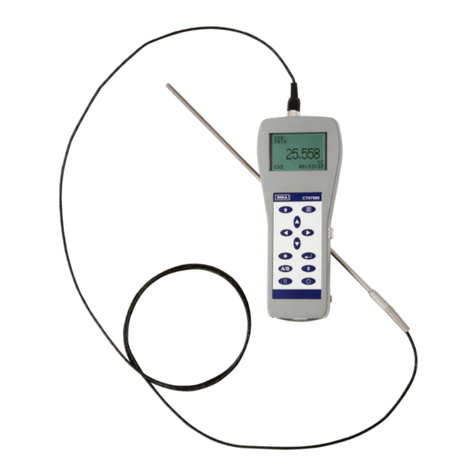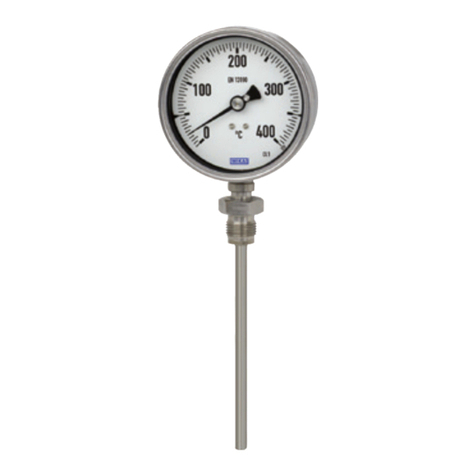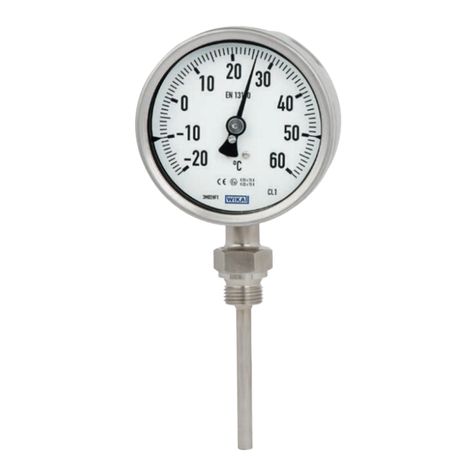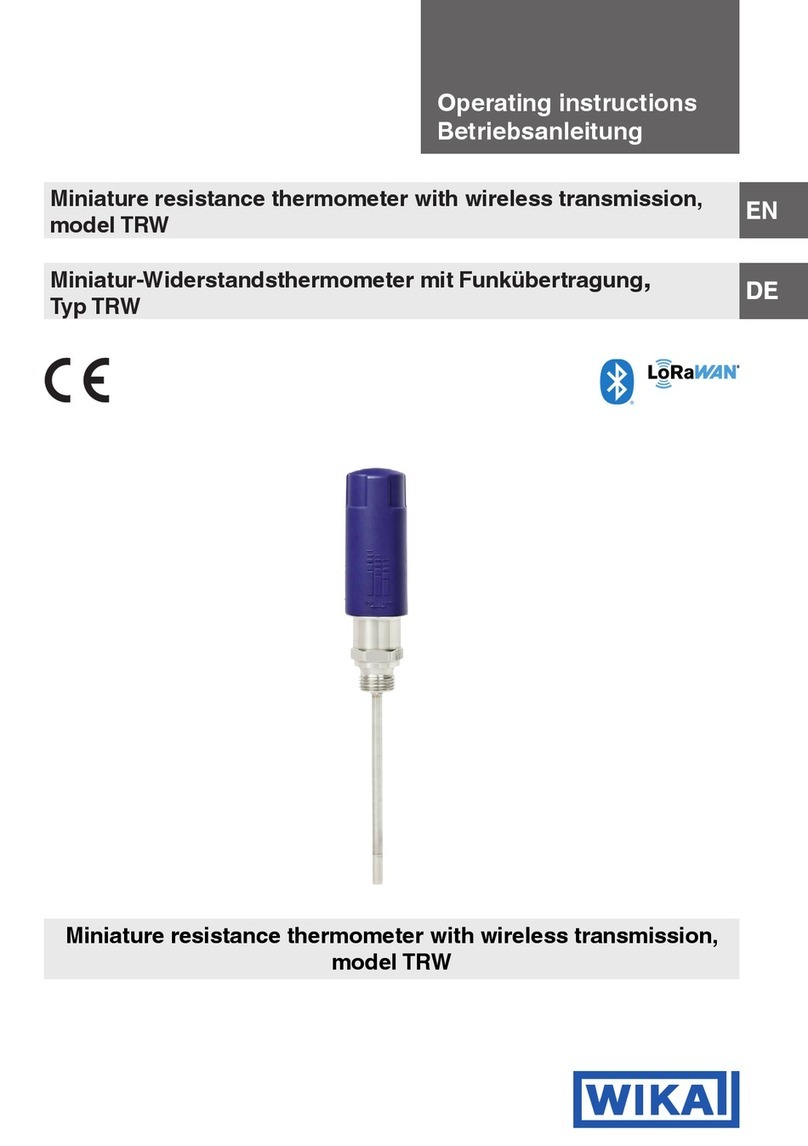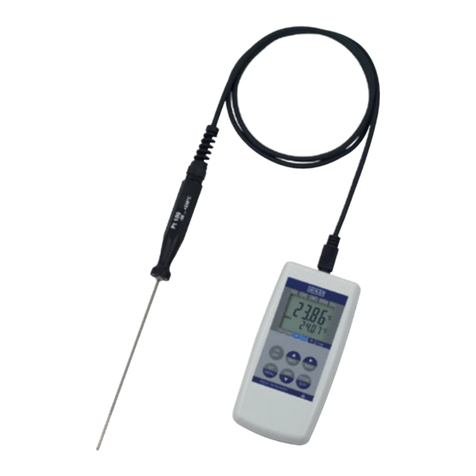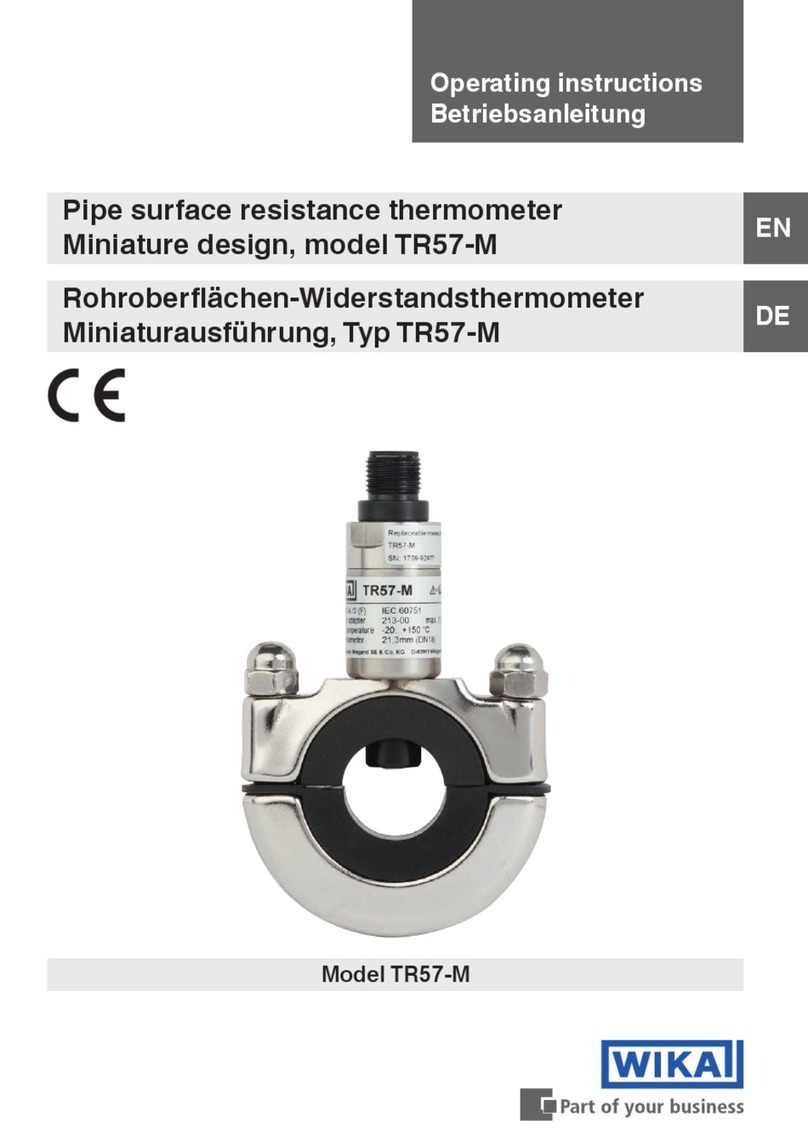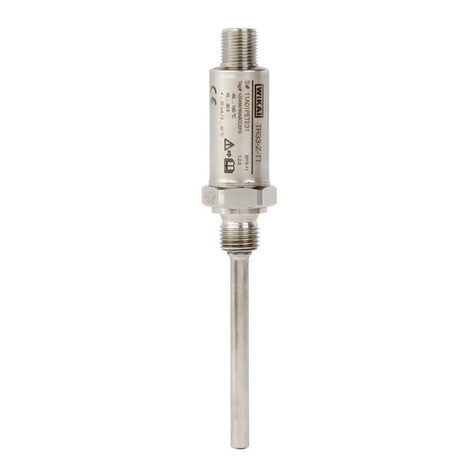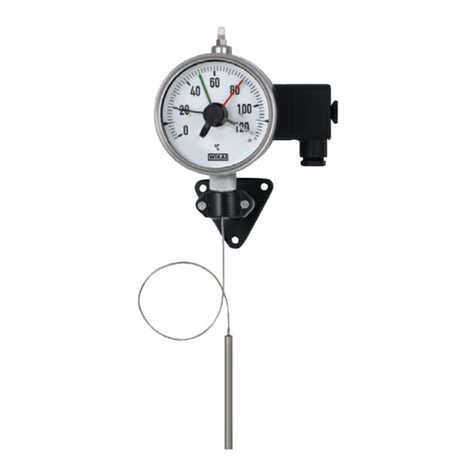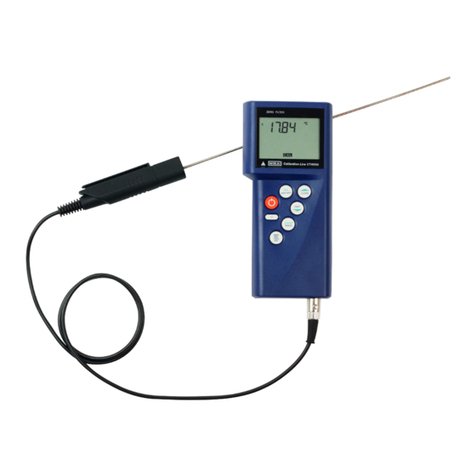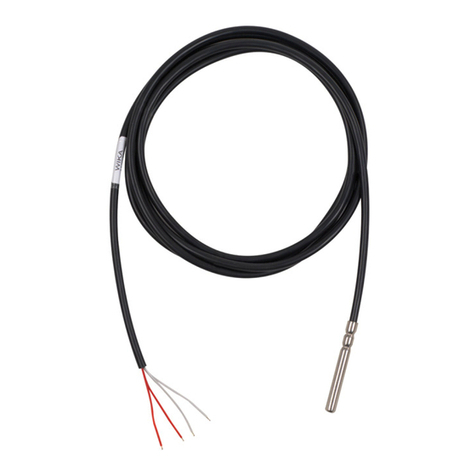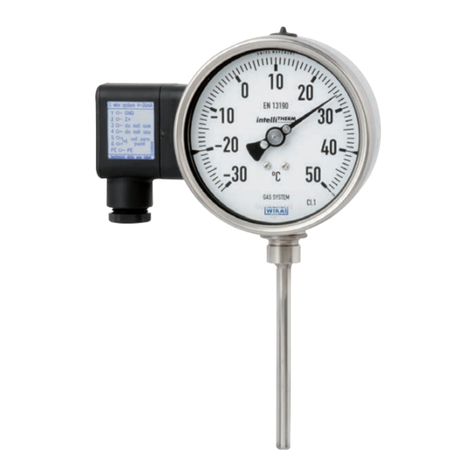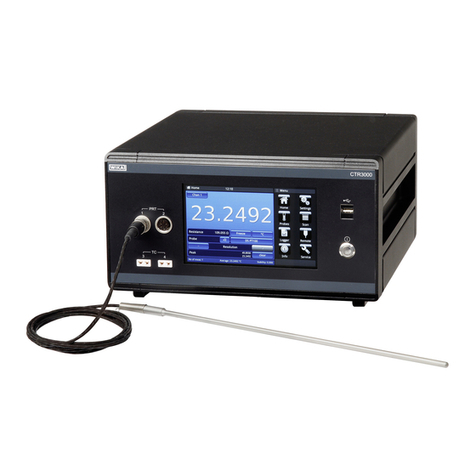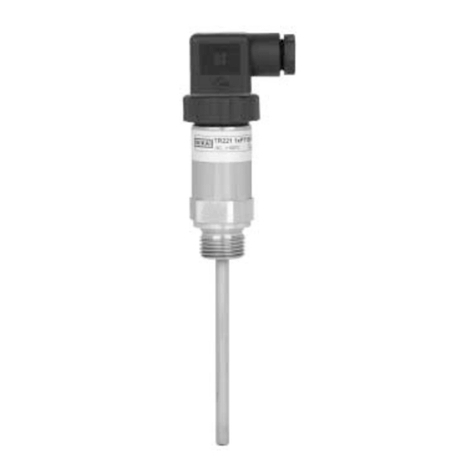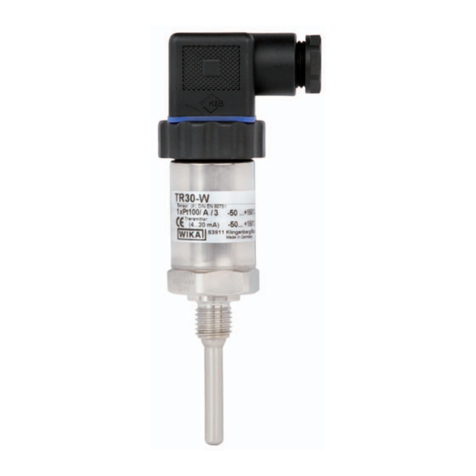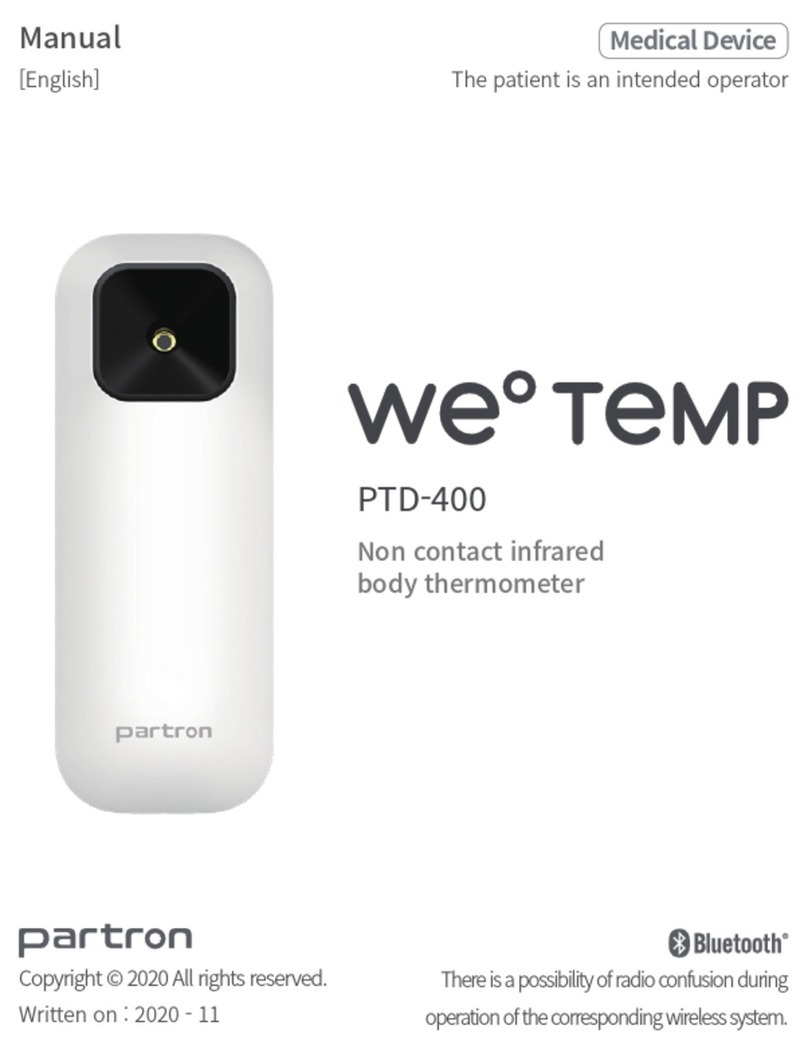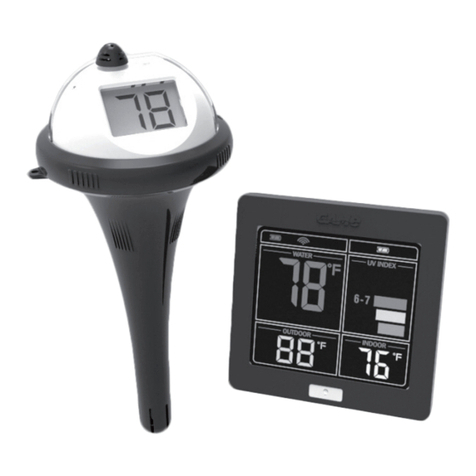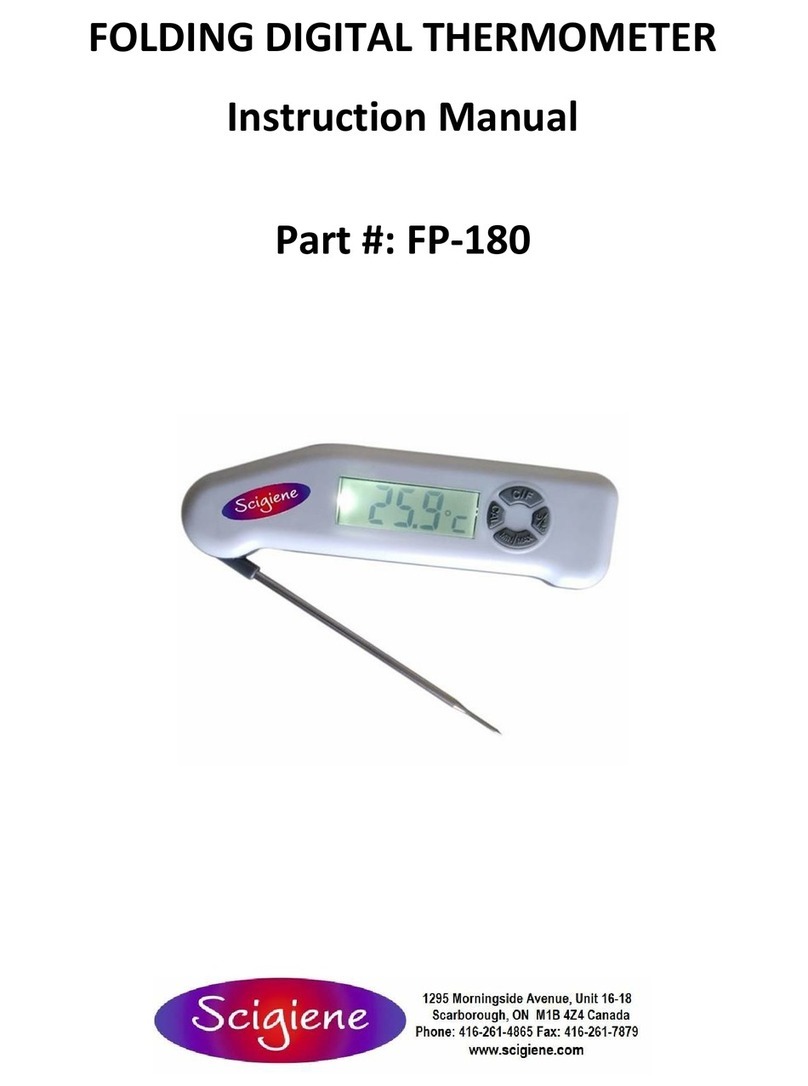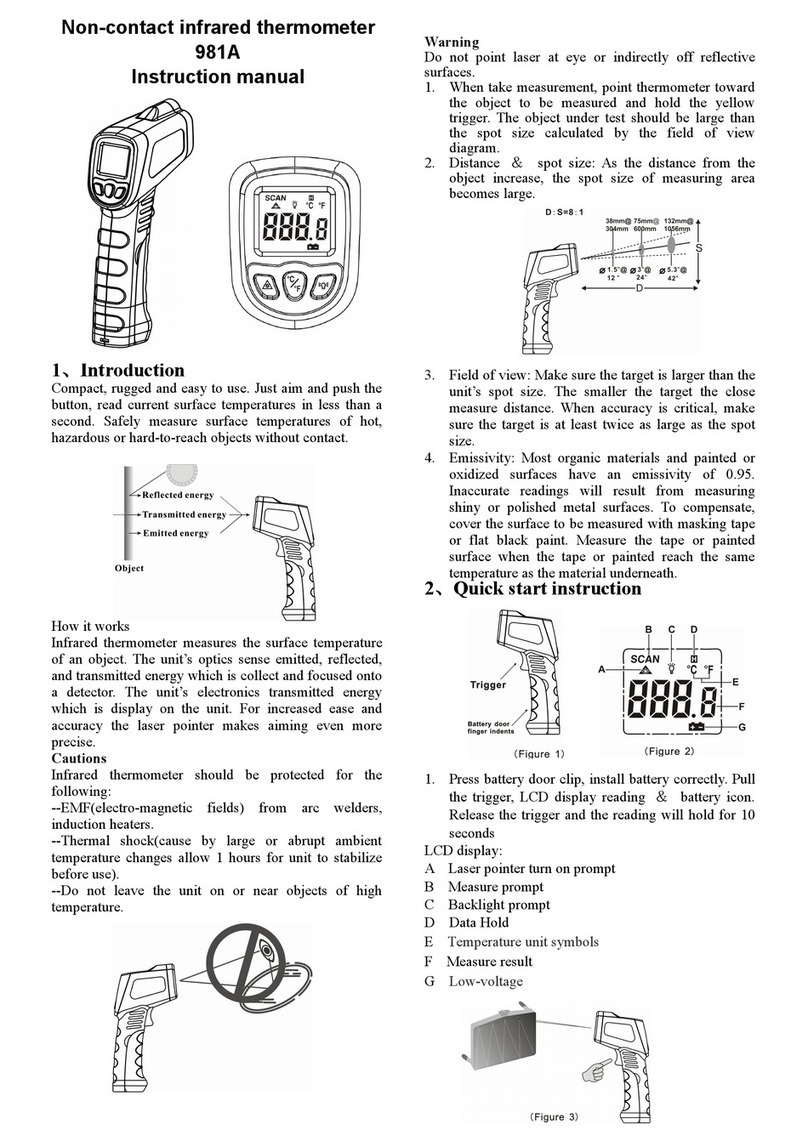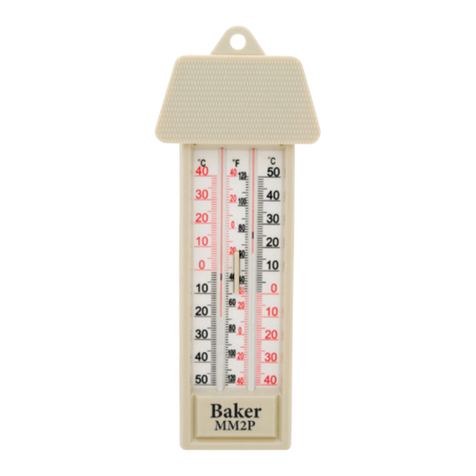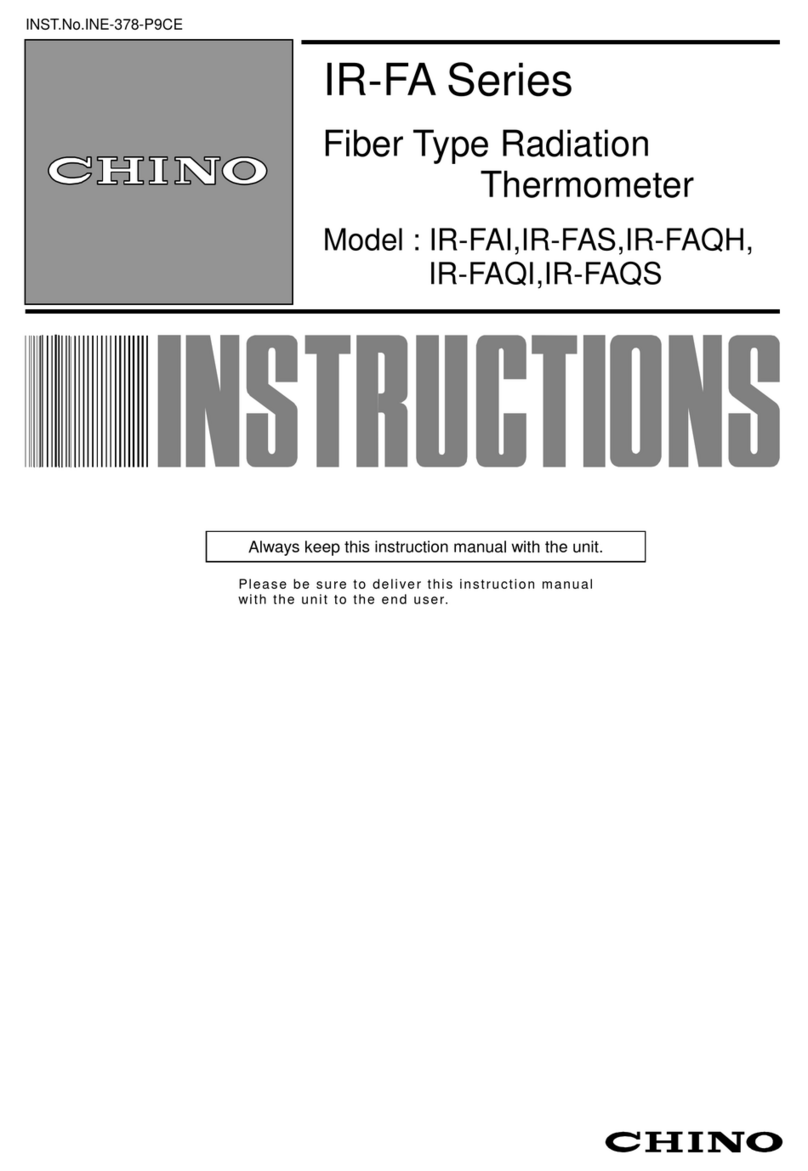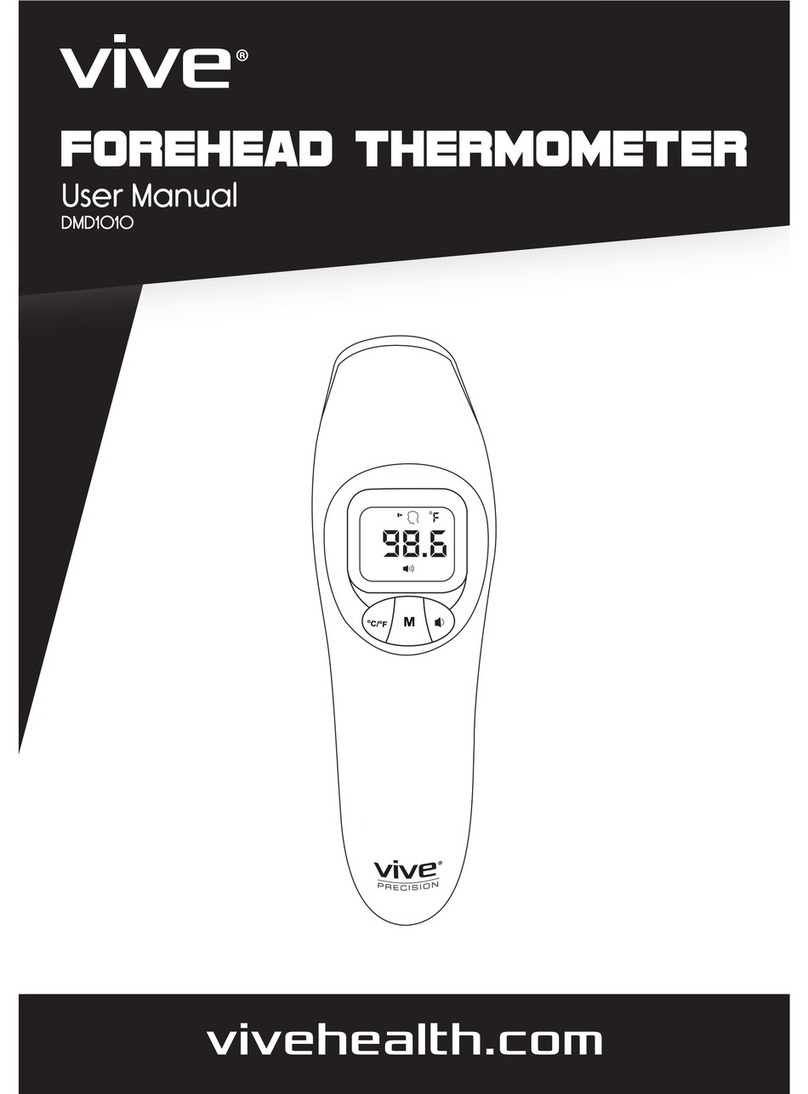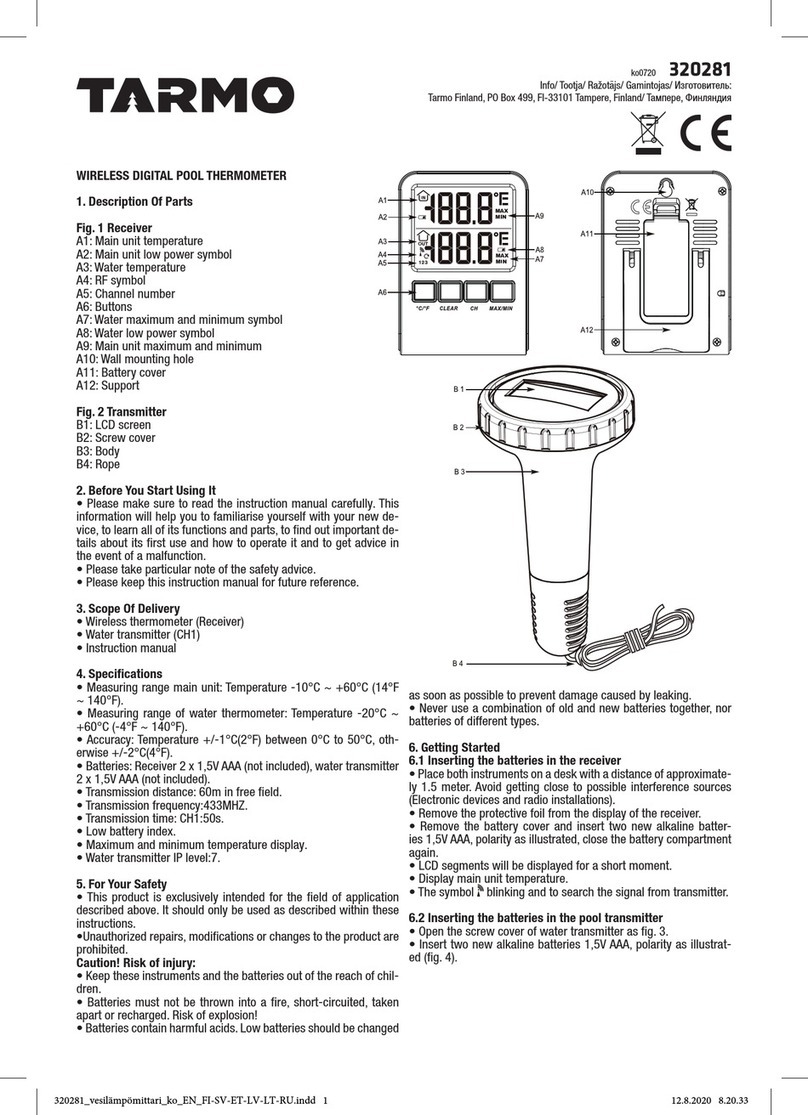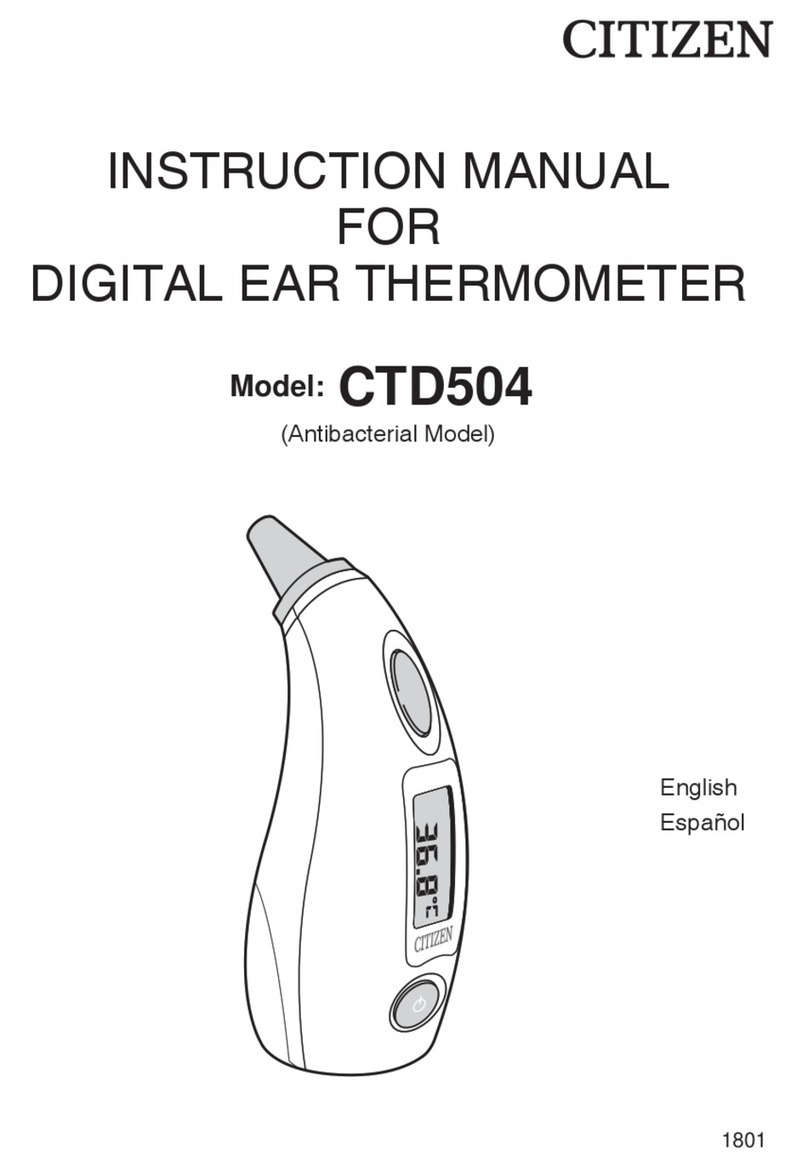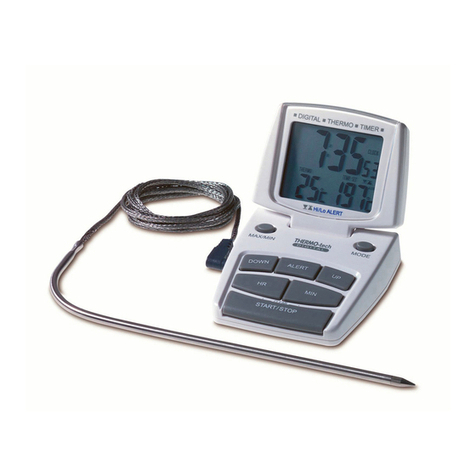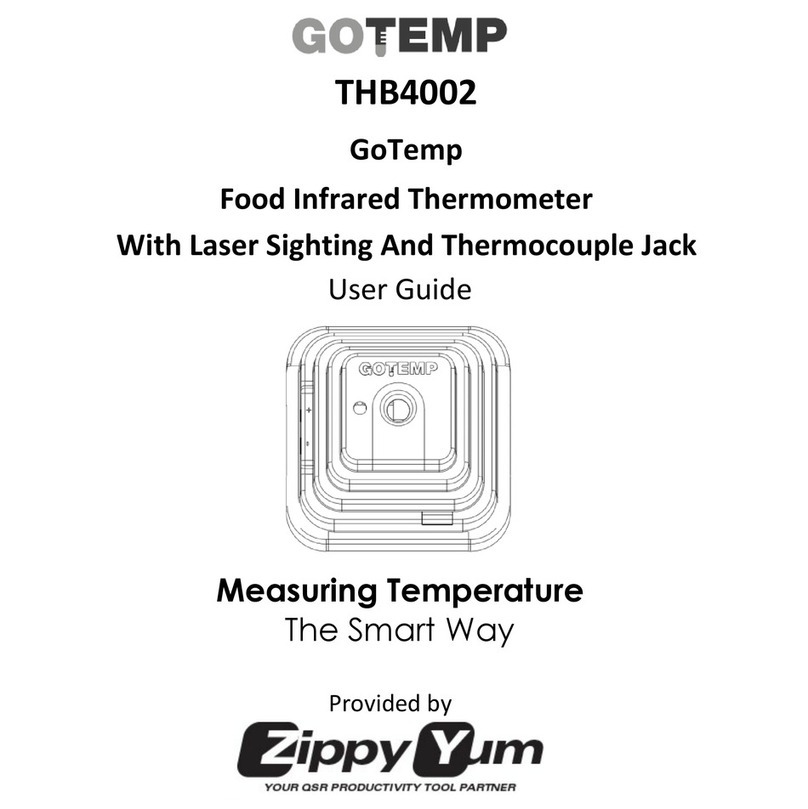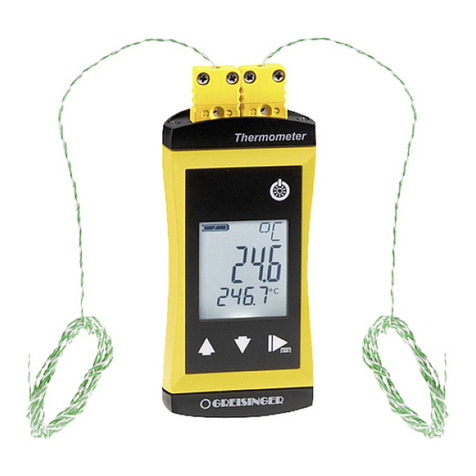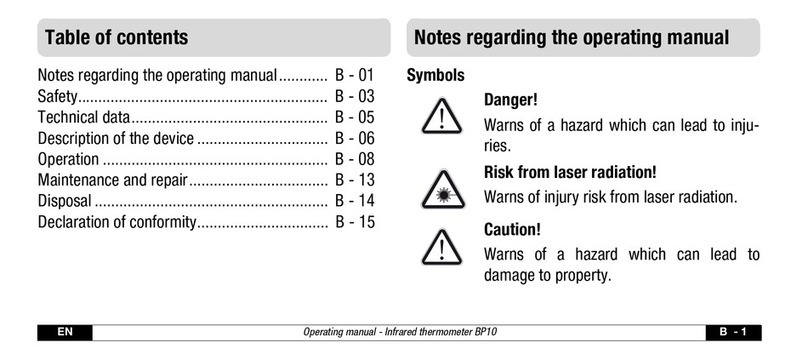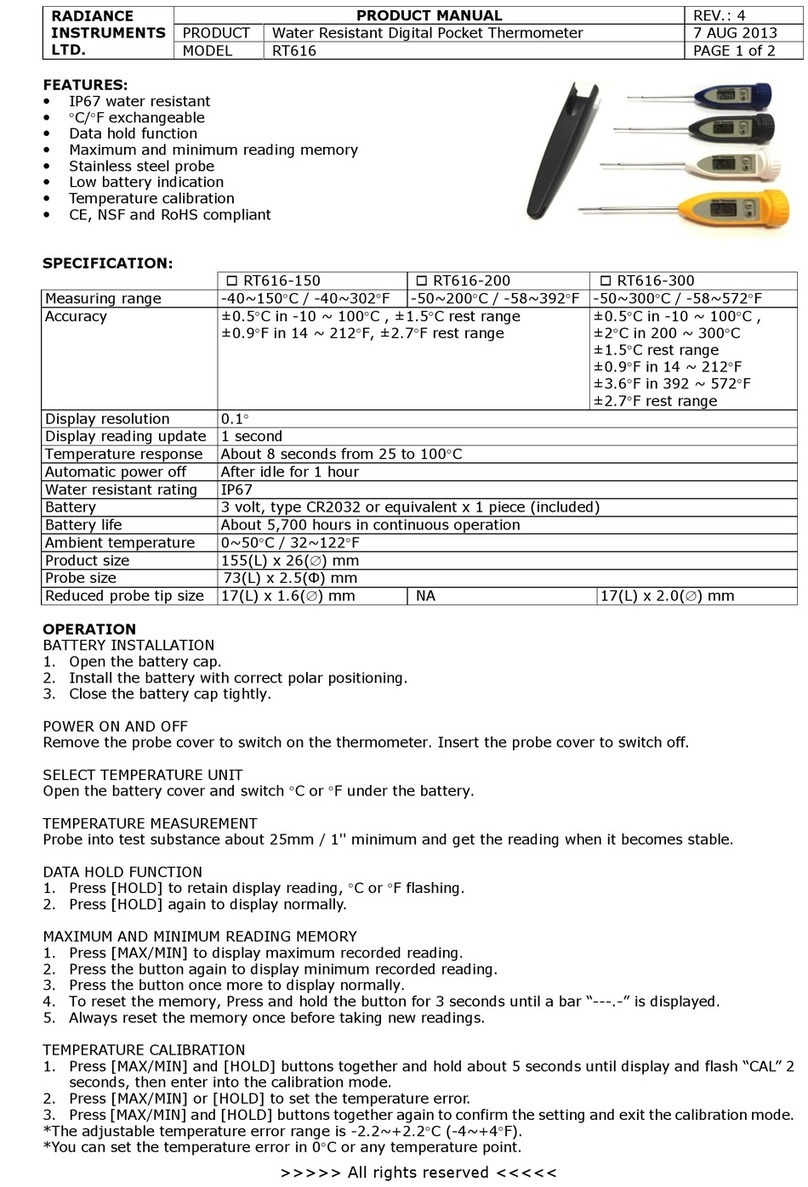
9WIKA additional operating instructions, model TG58SA (ATEX)
14540067.01 11/2023 EN/DE/FR/ES
EN
6) Avoidance of vibration due to installation and vibration load
Avoidance of vibration
Requirements for the installation point
If the line to the instrument is not adequately stable, an instrument holder should
be used for fastening. If vibrations cannot be avoided by means of suitable
installation, use instruments with liquid filling.
Permissible vibration load at the installation site
Always install the instruments in locations free from vibration. If necessary, it is
possible to isolate the instrument from the mounting point, e.g. by installing a
flexible connection line between the measuring point and the instrument and
mounting the instrument on a suitable bracket. If this is not possible, do not exceed
the following limits:
Frequency range < 150 Hz
Acceleration < 0.5 g
7) No electrostatic due to cleaning
Ensure that due to the cleaning no electrostatic charge will be generated.
8) Accessories
All accessories (e.g. gaskets or attachment components) must be assessed
in combination with the delivered instruments by the end user. Particularly the
requirements of grounding and prevention of electrostatic charges must be
considered.
9) Permissible operating pressure
The permissible operating pressure at the stem is max. 230 psi [16bar] to max.
580 psi [40bar], static, depending on the flange version (see marking on flange).
10) The legibility of the marking must be ensured
The legibility of the marking must be observed during time in use but at least
during inspection periods of three years. If any harm of the legibility is found please
contact the manufacturer to renew the marking.
11) No Packaging material in hazardous areas
Due to potential ignition hazards (e.g. static discharge), the packaging material
and the desiccant bag must not be put in the hazardous area.
5. Special conditions of use (X-conditions)


